This Lighting Designer's Golden Rule for the Number of Switch Circuits Per Room Made Me Realize Why My Home Doesn't Feel Cozy
Who knew coziness could be this simple?
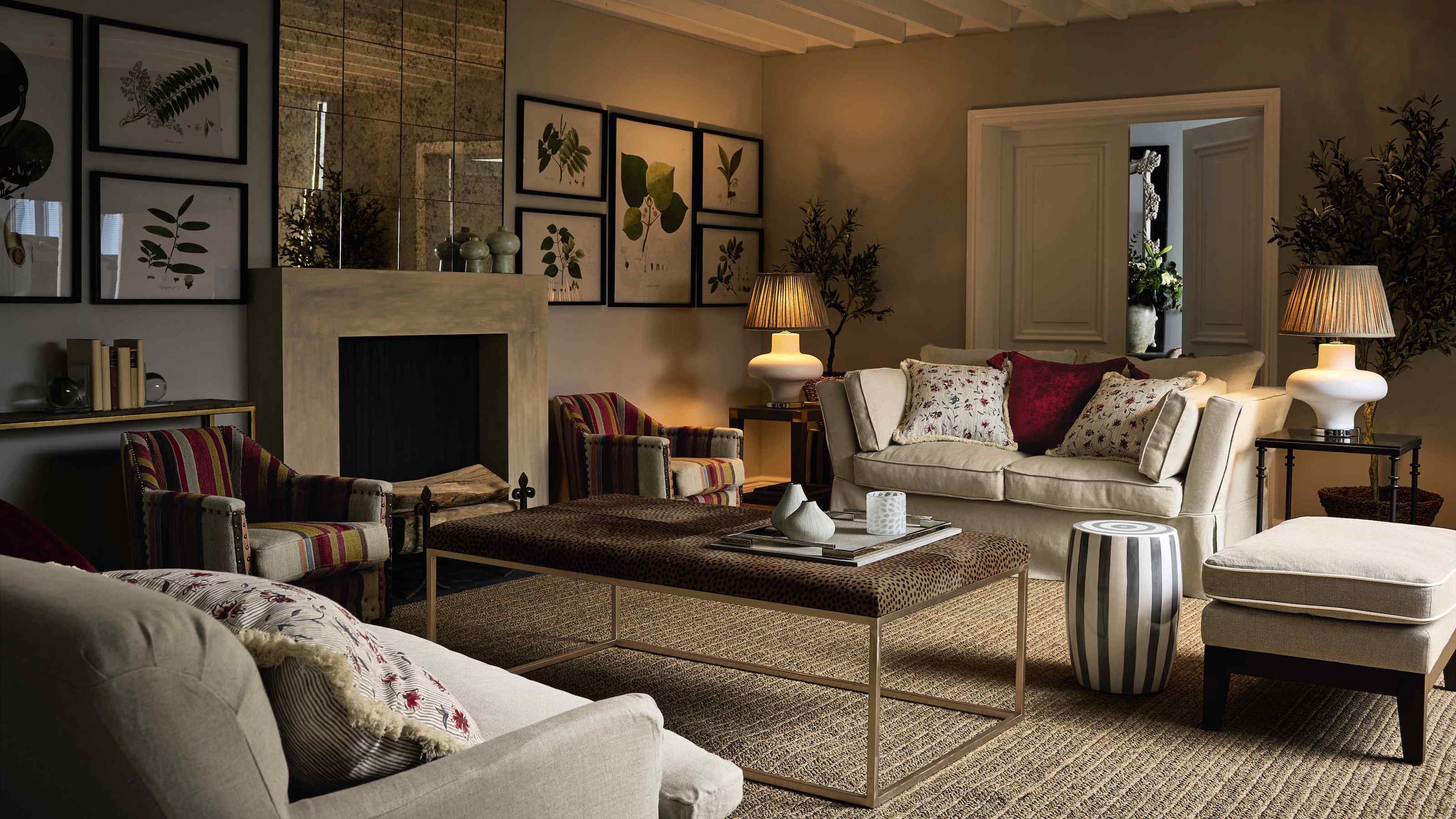

When we moved into our new home — a major fixer-upper — I thought it wasn’t cozy because of the arctic-blue painted walls (everywhere) and swirly brown 1970s carpets. And sure, the décor wasn’t helping, nor was the lack of central heating, but the real culprit was lurking overhead.
Every room was wired on a single circuit, which meant one flick of the switch and the bright bulb above flooded the space like a prison interrogation cell. In the kitchen, things got worse. One lone switch powered three long fluorescent tube fittings, and there was no option to dial down the glare.
Having worked in the interiors industry for a couple of decades, I already appreciated the cozying powers of a low-level lamp or two, but it wasn’t until a lighting designer casually mentioned their golden rule for switch circuits that I realized I needed to up my game. Basically, I’d been guilty of one of the biggest mistakes when planning lighting: relying on a single switch to control a whole room. The shame!
The Golden Rule
So, what is this golden rule for living room lighting or even kitchen lighting? In essence, it’s that every room should have at least two independent switch circuits, ideally three or more, no matter its size. A single switch controlling every light in the room, whether that is one central ceiling fitting or many, is what creates that chilly all-or-nothing floodlit atmosphere.
“Putting your lighting on multiple circuits is all about control and flexibility. You can dial things up for practical tasks, then pare them back for intimacy and calm,” explains Jo Plant, chief creative officer of lighting brand Pooky. “It means you can have wall sconces and lamps glowing while the ceiling light is off, or vice versa, instantly changing the mood.”
For safety reasons, a total rewire was already on the cards at my heritage home, and I spent a lot of time discussing the number of switch circuits for each room with our incredibly patient electrician. Even in the small downstairs cloakroom, it was always more than one, and I couldn’t be happier.
Below, I break down the four ways this rule transformed how I see lighting, and why it could work for you if your home is feeling a little soulless.
The Livingetc newsletters are your inside source for what’s shaping interiors now - and what’s next. Discover trend forecasts, smart style ideas, and curated shopping inspiration that brings design to life. Subscribe today and stay ahead of the curve.

Jo Plant heads up design and production at Pooky Lighting, a UK-based brand renowned for its colourful, customisable designs. Jo studied History of Art, which has informed her appreciation of brilliant design. Alongside founder Rohan Blacker, Jo’s design direction emphasises variety and personalisation over fleeting trends, creating timeless lighting classics that truly stand the test of time.
1. Circuits Create Layers, and Layers Create Atmosphere
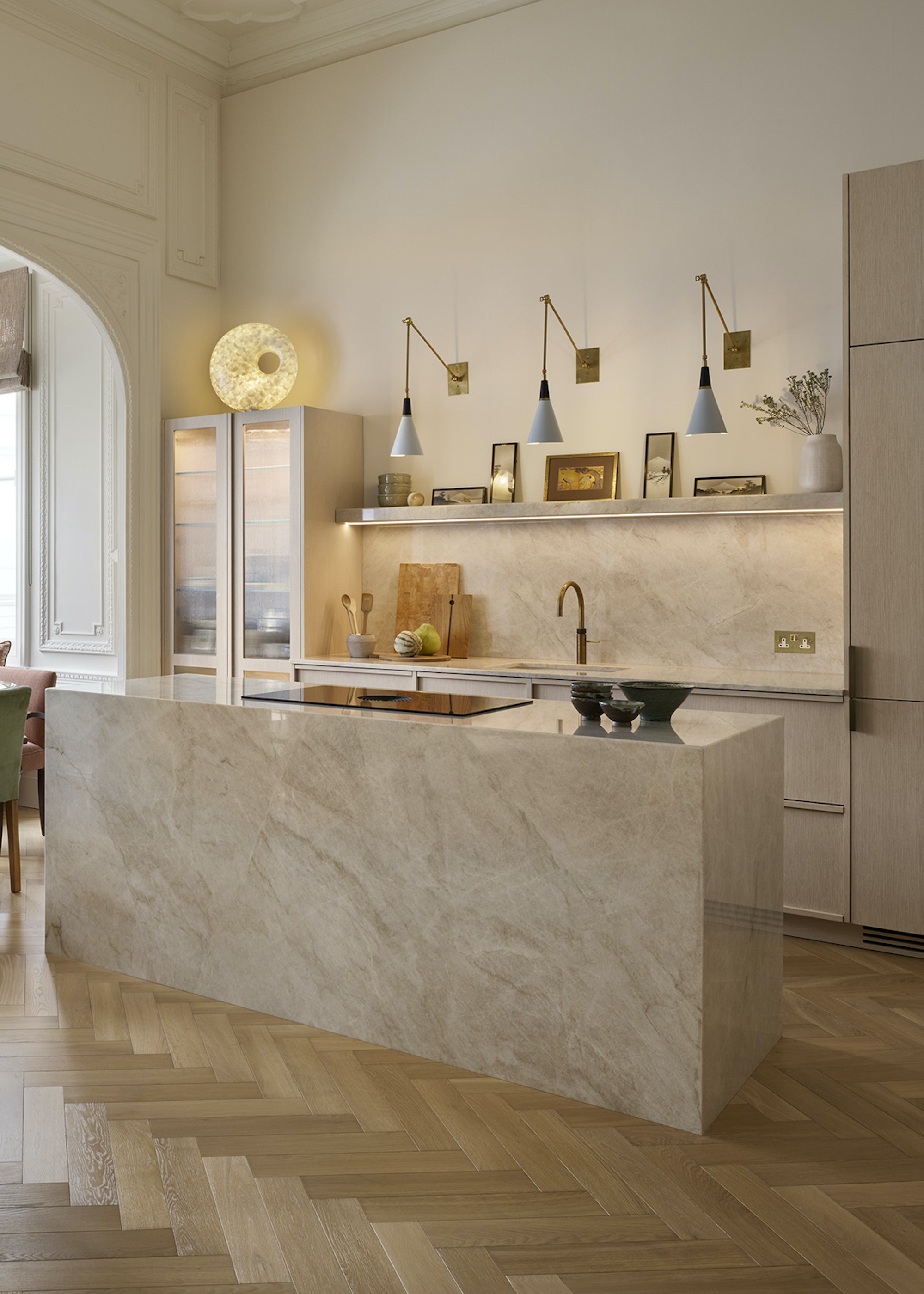
Ceiling, walls, shelves and inside cabinets – this kitchen lighting is layered better than a five-sponge cake.
The first truth you need to understand about lighting rules is that one light source simply can’t do it all. “Now rooms work far harder than they used to — living rooms double as offices, kitchens are used for both prep and parties, bedrooms need soft light for winding down but brighter light for dressing. One lonely overhead bulb just can’t cater for all of that,” says Jo Plant.
The solution is layering. Peter Legg, new product development manager at Där Lighting, believes it is fundamental. “Lighting schemes should always be designed in layers, incorporating a combination of ceiling, wall, floor-level, and table lamps,” he explains. “The aim is to provide a mix of task, ambient, and accent lighting, and this approach is essential for creating mood and functionality.”
Crucially, separate switch circuits allow you to control those layers with ease. By wiring each layer of lighting on a separate circuit, you can activate one, two, or all three circuits depending on the moment, giving you atmosphere on demand. And, when you’re shopping for light fittings, make sure they are dimmable. “We always recommend dimmers, whatever the room. They let you shift seamlessly from bright, practical light for homework or cooking, to a soft amber glow for supper,” adds Jo Plant.

As New Product Development Manager at Där Lighting, Peter oversees more than 2,000 products for the brand, curating new collections every season. A home lighting advisor, he has expert knowledge on the latest trends as well as practical advice for bringing your lighting visions to life.
2. Highlighting Features Brings a Room to Life
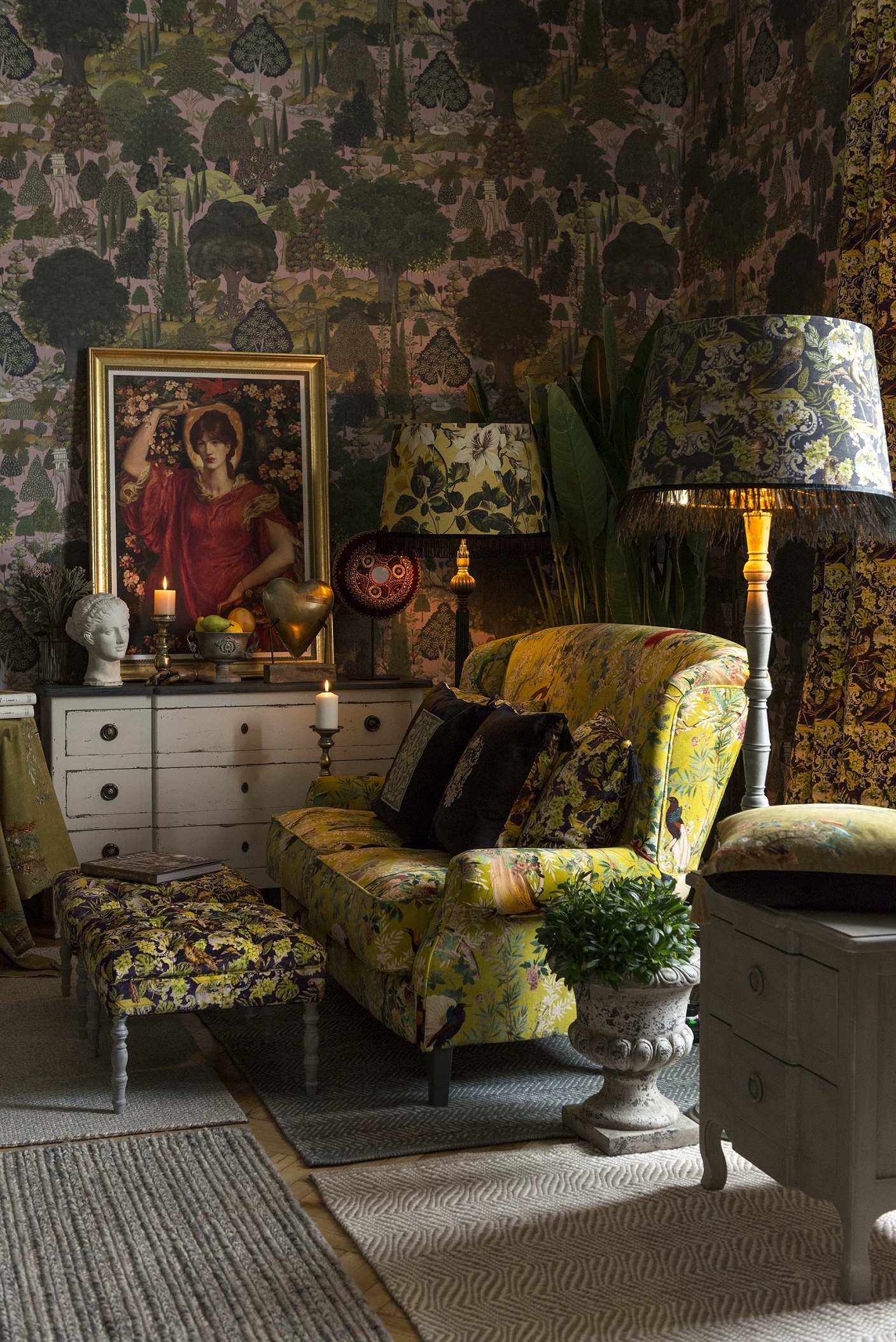
Use wired floorstanding lamps to create a cozy reading area.
Once I moved beyond basic illumination, I began to realize that lighting can bring the drama, and here’s where separate circuits become invaluable — it can deliver accent lighting. Think deep inglenook fireplaces backlit by soft uplighters, alcoves with hidden LED lighting ideas in the shelves, or a gallery wall subtly washed with picture lights.
“Without accent lighting, every surface is treated the same, which makes a room feel one-dimensional. Accent lighting introduces depth, shadow, and focus. It highlights textures and details, creating layers of light that make a space feel warm and inviting,” explains Lee Lovett, co-founder of Soho Lighting. “A dedicated switch circuit allows you to control these features independently. Whether it is artwork, a fireplace, or an alcove, having the flexibility to dim or switch these lights on and off transforms the atmosphere. It ensures the design details of a space are always shown at their best.”
This was a revelation in my own home. My living room, with its exposed brick fireplace, looked cold and flat under one central pendant. But once the electrician had added a circuit of uplighters that gently washed the brickwork and backlit the alcoves on either side, the whole atmosphere shifted. Everything felt cozier, textures popped, and the room finally had the inviting warmth I’d imagined for late-night Netflix binges, even in summer, when the fire isn’t lit.

Lee Lovett is the co-founder and Creative Director of Soho Lighting. Drawing on her personal experience renovating period homes, she understands first-hand the challenges of achieving timeless lighting. With a passion for interiors and a belief in the transformative power of light, Lee creates schemes that combine character, functionality and atmosphere for contemporary living.
3. Multiple Circuits Can Be Safer
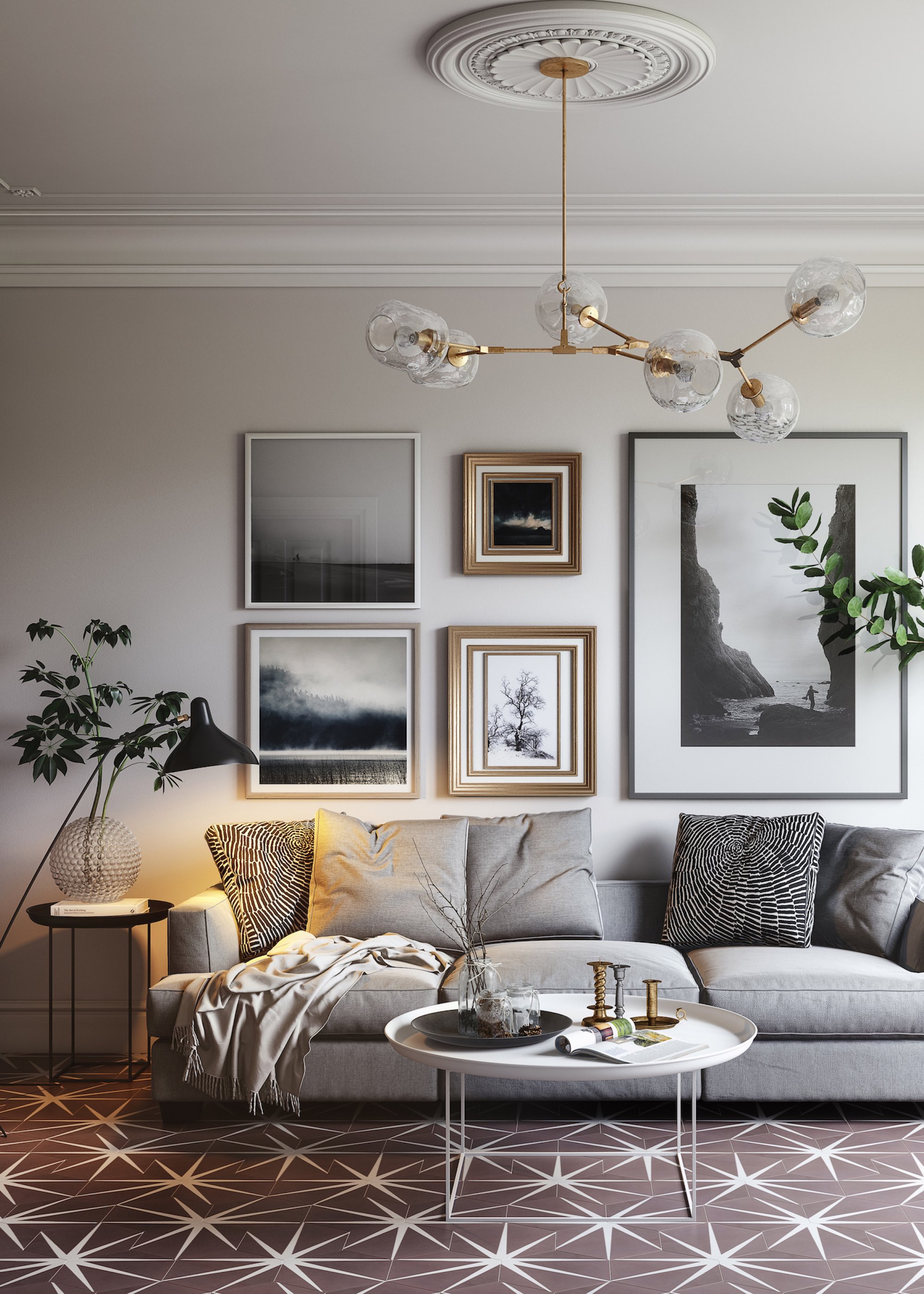
A designer ceiling chandelier will always impress but for actual coziness you need low level lamps.
While the design benefits of multiple circuits are obvious, there’s another compelling reason to avoid relying on just one switch, and that’s safety. “If all lighting is on a single circuit, a tripped breaker or fault can plunge you into complete darkness,” explains Peter Legg. “Distributing lighting across multiple circuits is essential, as it ensures that if one circuit fails, you will still have illumination in other areas. This is especially important for stairs, hallways, and exits.”
Anyone who’s tried to navigate a staircase in pitch darkness will understand the value of this. By splitting your lighting across separate switches, you build in resilience, so even if one breaker trips, you’re not left fumbling dangerously in the dark.
“Although having only one lighting circuit in a room may seem more convenient, it compromises safety, reliability, and flexibility. Concentrating all lighting on a single breaker increases the risk of overloading it. If too many fixtures are added or if the fixtures have high wattage, the circuit may trip frequently,” adds Peter.
In other words, multiple switch circuits don’t just make for a cozy living room idea, but they make the space safer, too.
4. Circuits Can Future-Proof Your Home
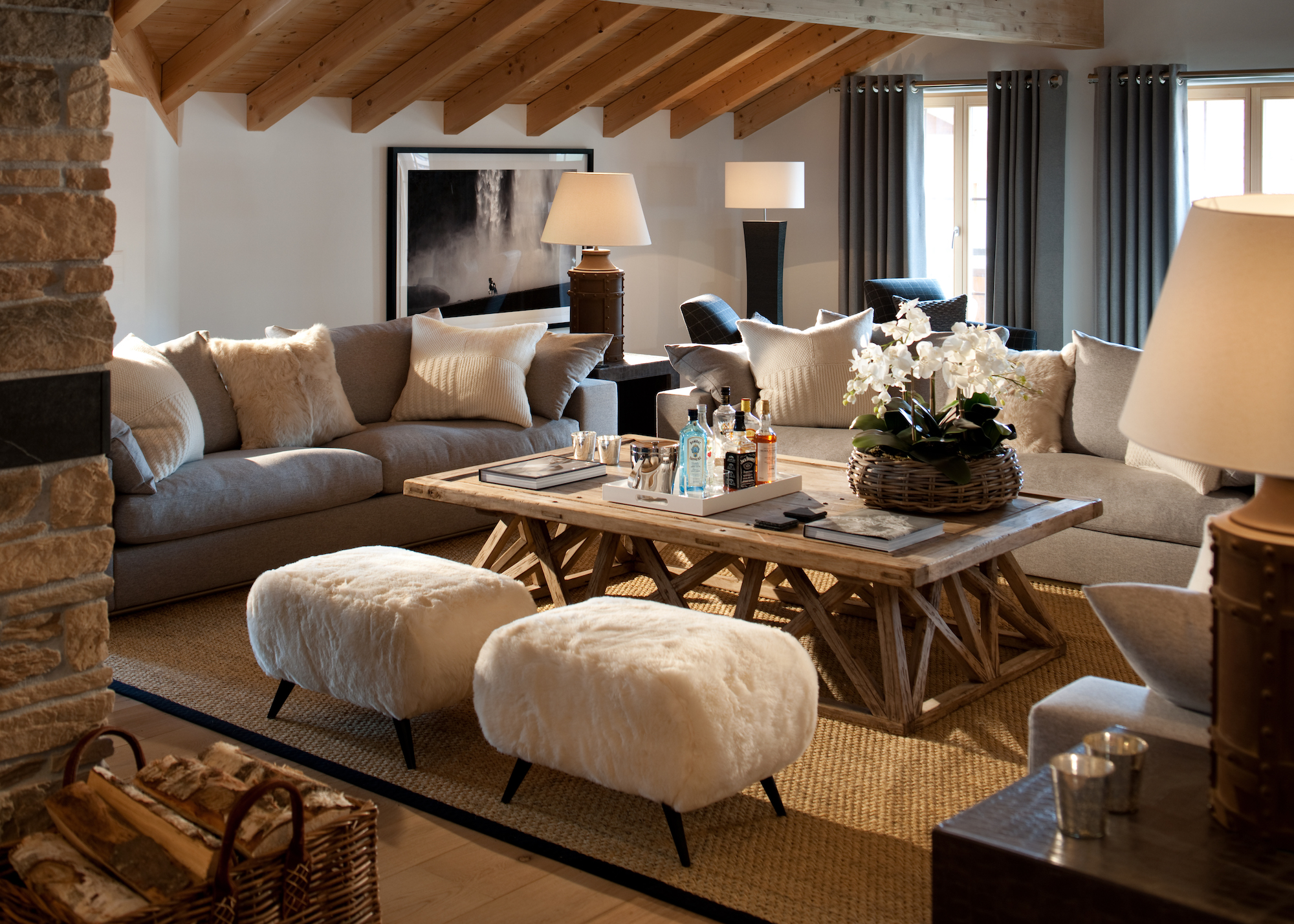
One day the kids will grow up and you can risk cozy cream upholstery and spendy lamps again!
The last and possibly most underrated reason to follow the golden rule is flexibility. Rooms evolve and, if you’re anything like me, are redecorated far too frequently, i.e., whenever a new interior design trend catches my eye, and my bank balance is feeling obliging. But also, children grow up, new hobbies are embraced, WFH becomes more frequent, and life changes. With one circuit, you’re locked into one scheme. With multiple circuits, you have much more freedom to adapt.
It may not be right away, but eventually under-specifying circuits nearly always ends in regret. “We see it often. Once a space is lived in, clients realise how valuable flexibility is. Without enough circuits, they feel limited, wishing they had invested more thought at the design stage,” agrees Lee Lovett of Soho Lighting. “It shows just how important it is to plan lighting in detail from the very beginning. Planning is critical to future-proofing your home lighting system, and it can be complex to navigate, which is why we offer a design service to help at every stage, from creating bespoke lighting plans to guiding choices.”
Going for more than one circuit from the outset could save money, too; it’s far costlier to retrofit additional circuits once the walls have been replastered and painted. Futureproofing is as much about peace of mind as it is about looks or loot. By installing at least two or three circuits per room, you’ll be able to grow into your home, not grow frustrated by it.
Chic Lighting Finds for Your Home
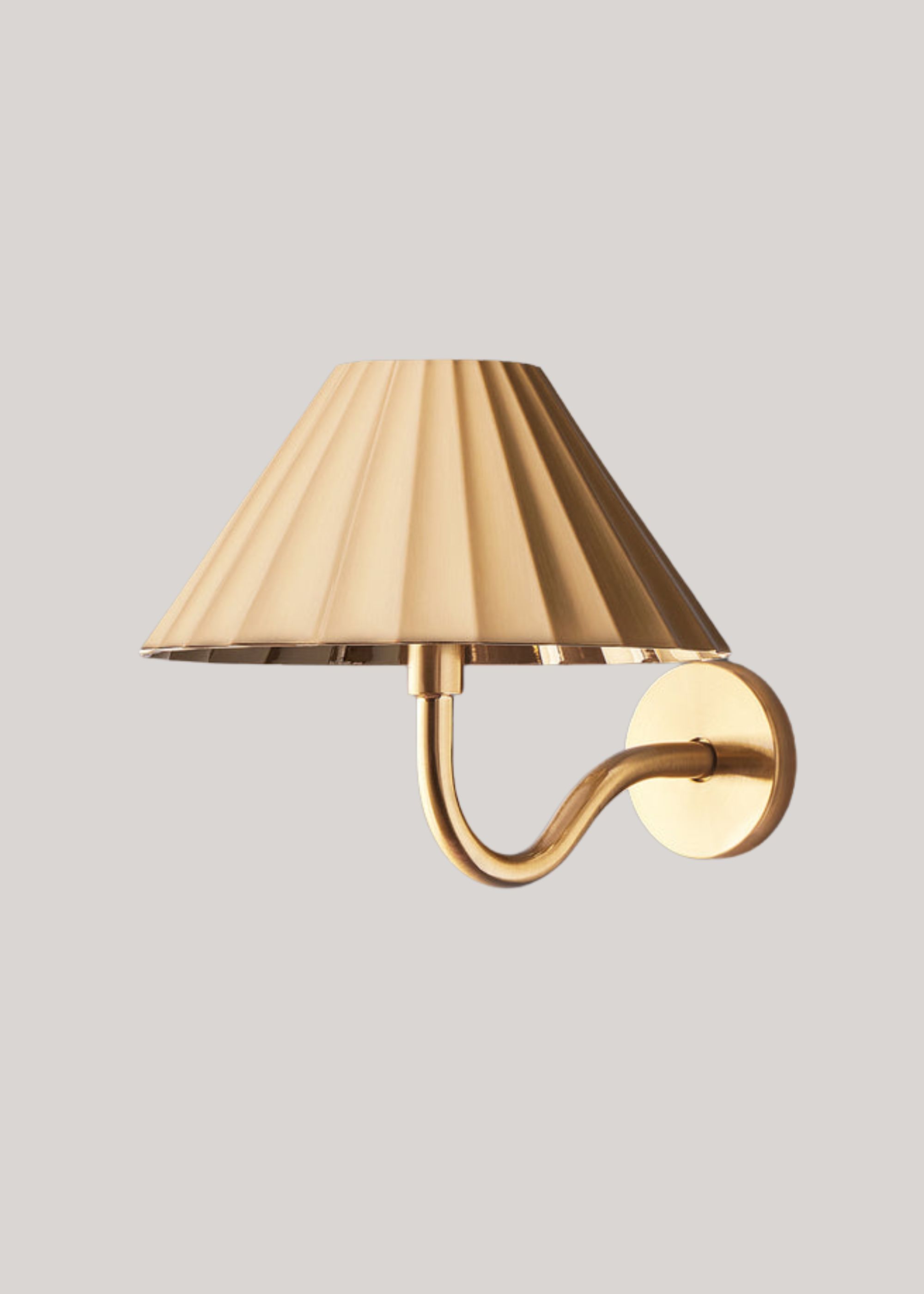
This antique brass wall light will make the perfect addition to your modern living room ideas.
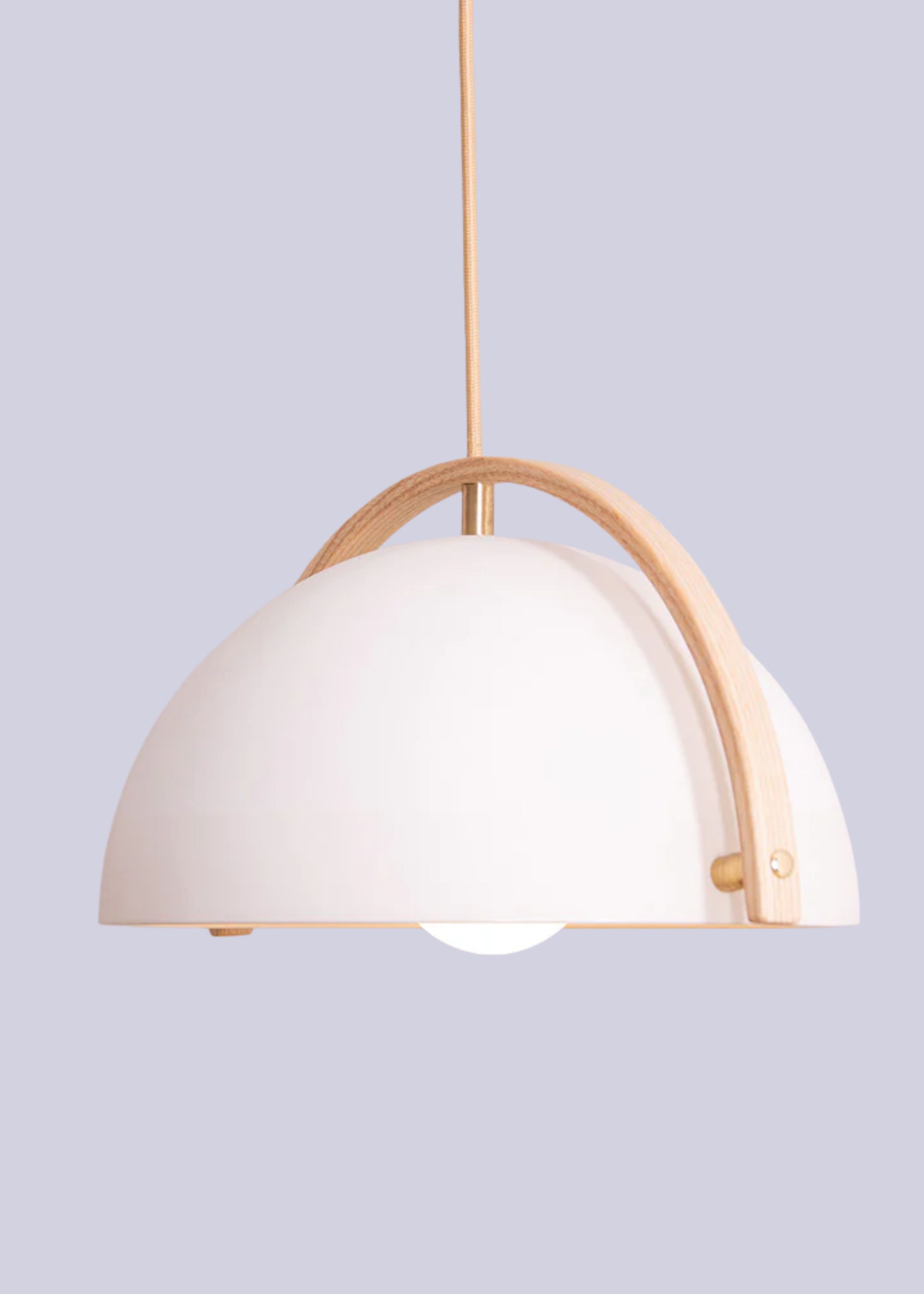
Want to add some interest above your kitchen island ideas? Why not opt for this stunning Enka Pendant from Tom Raffield.
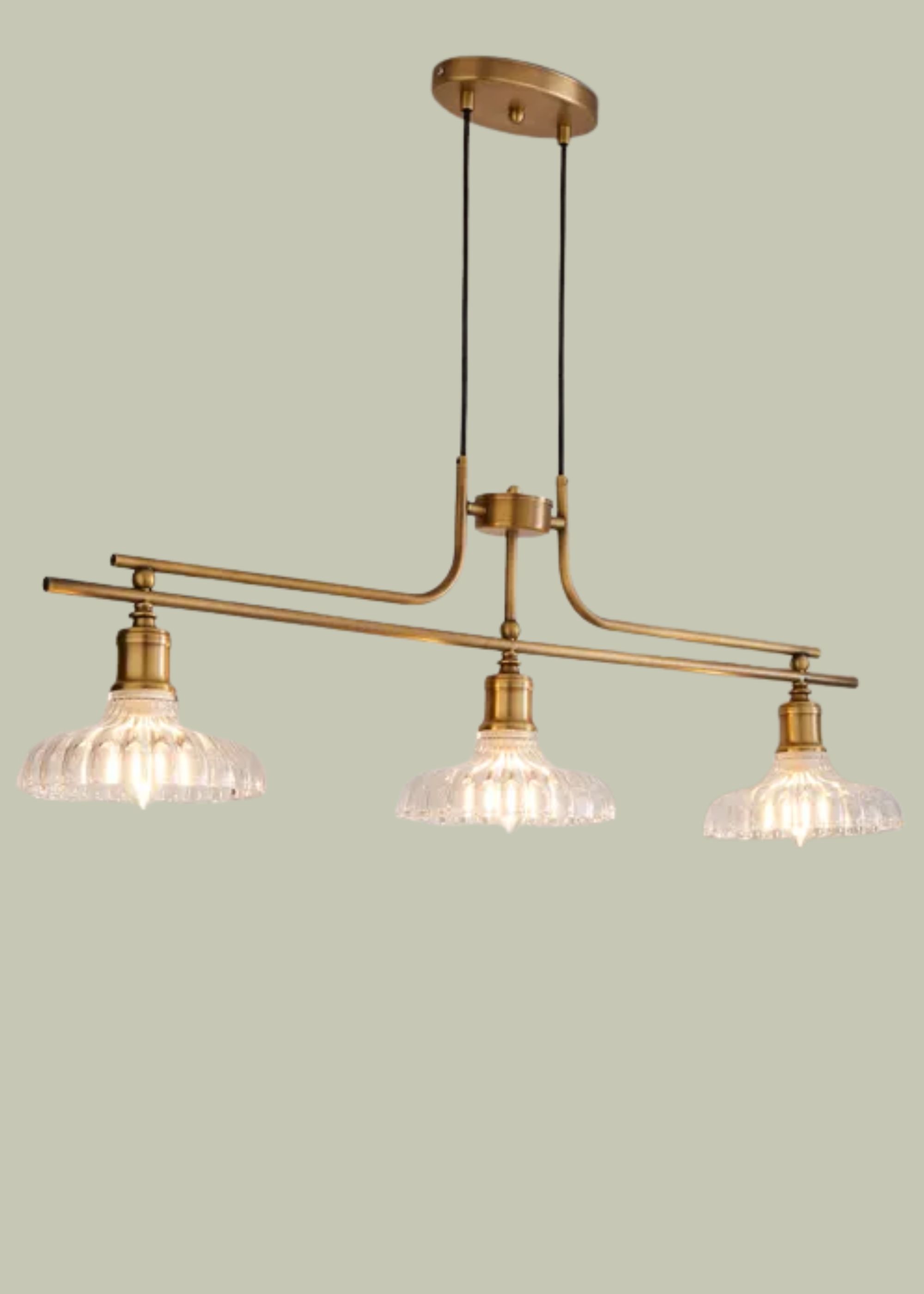
Ideal for those dining room ideas, this Colt Antique Brass 3 Light Diner Ceiling Light is elegant and sophisticated in so many ways.
FAQs
What Are Switch Circuits?
Lighting is never one-size-fits-all, and the way your home is wired makes all the difference. Having multiple switch circuits in a room gives you control, flexibility, and atmosphere. It means you can move seamlessly from bright, functional light to a softer, more ambient mood at the flick of a switch.
“Switch circuits refer to the way lights in a room are grouped together and controlled by a single switch or dimmer. Each circuit lets you operate a specific set of lights independently, creating flexibility in how the space is lit,” explains James Kendall, Operations Director at KES Lighting & Home.
In other words, circuits are what let you treat lighting as a design tool rather than an afterthought. They’re the framework that makes layering, accenting, and mood-setting possible.
How Do Switch Circuits Work?
Think of switch circuits as a way of organizing your lights into teams. Each one is wired so that a single switch controls a particular group of fittings, whether that’s ceiling spotlights, wall sconces or a statement chandelier.
“This separation allows you to layer lighting and adjust the mood depending on what you are doing,” says James Kendall. “As a guide, a minimum of two to three circuits works well in most rooms. For instance, in a living room you might have a chandelier on one circuit, wall lights on another and floor or table lamps on a third. This setup means you can choose bright light for entertaining, or dimmed layered lighting for a cosy evening,” James adds.
In larger or more complex spaces, such as open-plan kitchens, he suggests going even further: “Four or more circuits may be useful, for example, dividing task lighting for counters, pendants over an island, wall lights and mood lighting in the dining area.”
By installing two to three dimmable circuits in each room (our open-plan kitchen-diner has six switches, including one for the surrounding patio), my lighting is now far more flexible, controllable, and atmospheric. Turns out, the secret to coziness doesn’t come down to new sofas or squishy rugs; it’s all about the switches.

Linda is a freelance journalist who has specialized in homes and interiors for more than two decades, and now writes full-time for titles like Homes & Gardens, Livingetc, Ideal Home, and Homebuilding & Renovating. She lives in Devon with her cabinetmaker husband, two daughters, and far too many pets, and is currently honing her DIY and decorating skills on their fourth (and hopefully final) major home renovation.